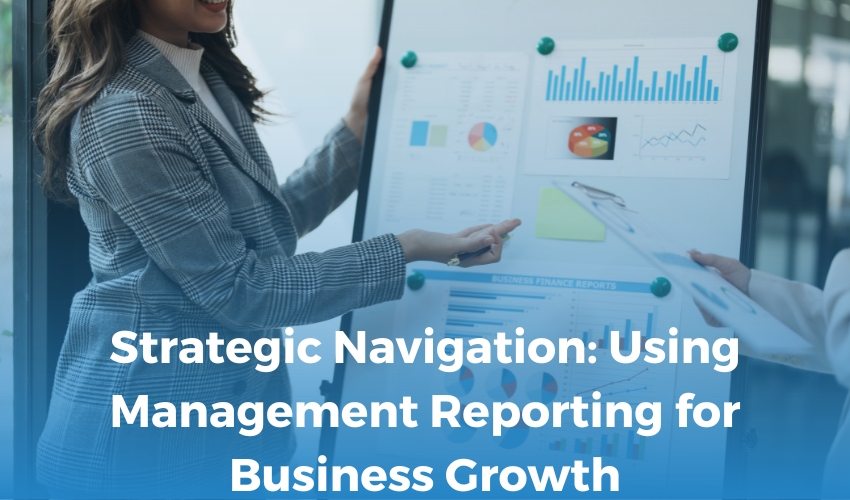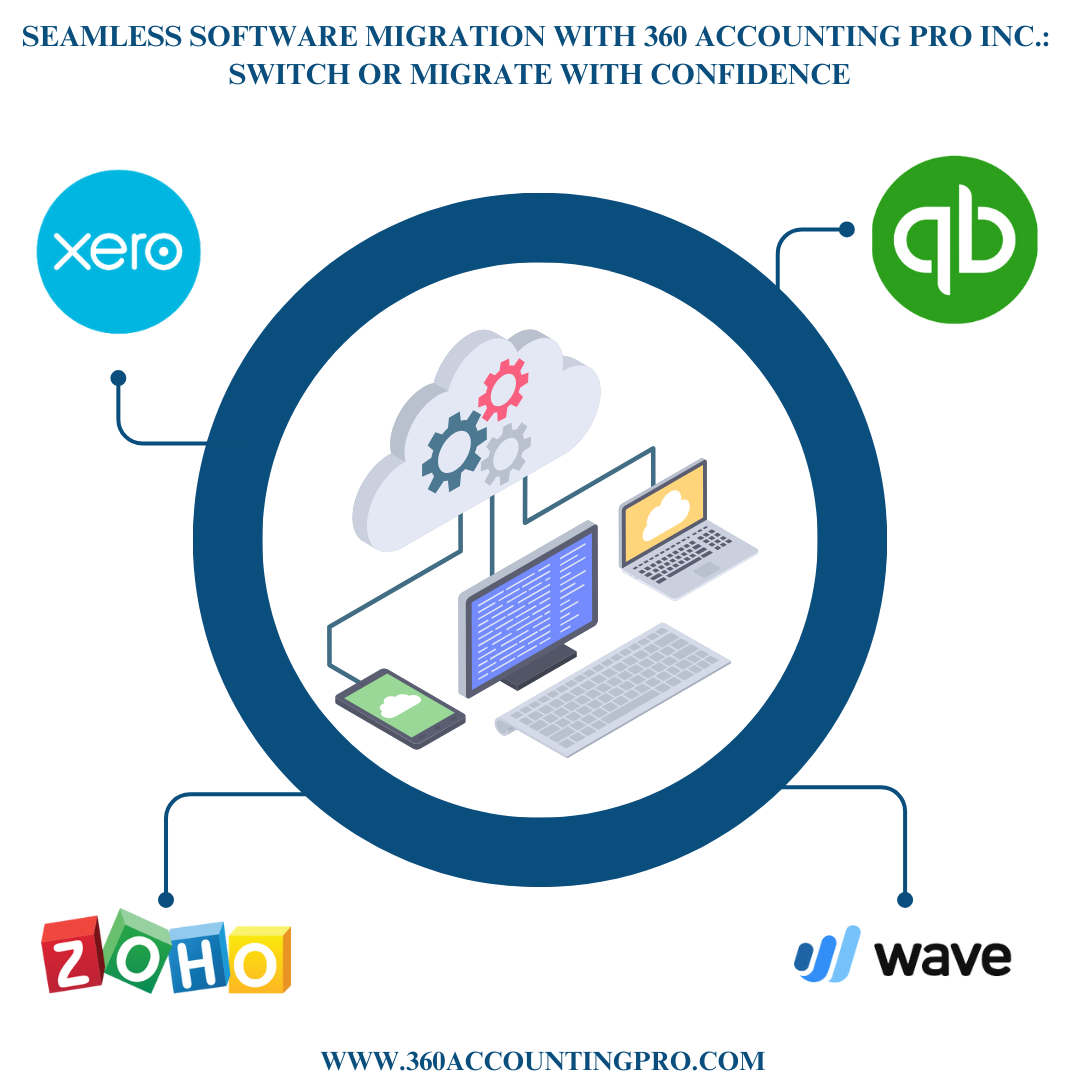

20-11-23
In the dynamic landscape of modern business, strategic decision-making is paramount to achieving sustainable growth. As companies strive to remain competitive and adapt to ever-evolving market conditions, the role of management reporting becomes increasingly crucial. In this blog post, we'll explore how strategic navigation, facilitated by effective management reporting, can pave the way for substantial business growth.
Understanding the Landscape:
To embark on a journey of strategic navigation, it's imperative to comprehend the business landscape. Management reporting services act as the compass, providing leaders with a panoramic view of the organization's performance. From key performance indicators (KPIs) to financial metrics, the reporting framework aggregates data, enabling a comprehensive understanding of current standing and potential growth areas.
Identifying Growth Opportunities:
One of the primary benefits of robust management reporting is its ability to unearth growth opportunities. Through detailed analysis and visualization of data, decision-makers can identify trends, customer preferences, and market gaps. This intelligence empowers organizations to make informed, forward-thinking decisions that align with broader strategic objectives.
For example, a retail company utilizing management reporting might discover through sales data that a particular product category is consistently outperforming others. Armed with this insight, the company can strategically allocate resources, optimize marketing efforts, and expand the product line to capitalize on the identified growth opportunity.
Performance Measurement and Goal Alignment:
Strategic navigation requires a clear understanding of performance metrics and their alignment with organizational goals. Management reporting facilitates this alignment by providing real-time insights into key metrics and allowing for the continuous monitoring of progress.
Whether it's sales targets, customer satisfaction goals, or operational efficiency benchmarks, management reporting enables stakeholders to gauge performance against objectives. This not only aids in recognizing successes but also in identifying areas that may require adjustments to stay on course toward achieving business growth.
Risk Mitigation and Proactive Decision-Making:
In a volatile business environment, risks are inevitable. However, strategic navigation involves not just managing risks but proactively mitigating them. Management reporting plays a pivotal role in risk management by providing early warning signals through trend analysis and scenario modeling.
For instance, a manufacturing company relying on management reporting might notice a consistent increase in the cost of raw materials. Armed with this foresight, the company can explore alternative suppliers, negotiate contracts, or adjust pricing strategies to mitigate the impact on profitability, thus ensuring a more resilient path to business growth.
Enhancing Operational Efficiency:
Efficiency is the cornerstone of growth, and management reporting acts as a catalyst in optimizing operations. By offering a granular view of processes and workflows, organizations can identify bottlenecks, streamline operations, and allocate resources judiciously.
Consider a technology firm utilizing management reporting to analyze project timelines and resource utilization. Insights gleaned from the reporting data might reveal that certain projects consistently exceed deadlines due to resource constraints. Armed with this information, the company can reallocate resources or invest in additional talent to improve project delivery efficiency, ultimately fostering business growth.
Adapting to Market Changes:
In today's fast-paced business environment, adaptability is key. Market dynamics can change rapidly, and organizations must be agile in responding to these changes. Management reporting provides the agility required for strategic navigation by offering real-time data updates and trend analysis.
For instance, a hospitality industry utilizing management reporting may notice a sudden shift in customer preferences for contactless services. This insight allows the organization to swiftly implement technological solutions such as mobile check-ins and digital menus, aligning its offerings with current market demands and ensuring sustained business growth.
Cultivating a Data-Driven Culture:
Strategic navigation isn't just about adopting the right tools; it's about fostering a data-driven culture within the organization. Management Reporting serves as the cornerstone for this cultural shift by democratizing data access and encouraging all levels of the organization to leverage insights for decision-making.
By integrating management reporting into regular business processes, employees across departments can make informed decisions based on data rather than intuition. This cultural shift not only enhances strategic alignment but also creates a more collaborative and innovative environment, laying the groundwork for sustained business growth.
Conclusion:
In the pursuit of business growth, strategic navigation is not a one-time endeavor but a continuous journey. Management reporting acts as the guiding star, providing the necessary insights and tools for leaders to navigate the complexities of the business landscape. From identifying growth opportunities and aligning goals to mitigating risks and fostering a data-driven culture, the impact of management reporting on strategic decision-making cannot be overstated.
As organizations embrace the power of management reporting in usa they position themselves not only to thrive in the current business environment but also to chart a course for long-term success. In a world where change is constant, strategic navigation, enabled by effective management reporting, becomes the compass that not only points the way but also ensures that the journey itself is one of growth, innovation, and sustained success.
Tags : #ManagementReporting #BusinessGrowth #StrategicDecisionMaking #RiskMitigation #DataDrivenCulture #OperationalEfficiency #GrowthOpportunities #FinancialReporting #BusinessStrategy #ManagementTools #LeadershipInsights #CorporateSuccess #MarketAdaptability #DataAnalyticsForGrowth #USAReportingSolutions













































.jpg)
.jpg)
.jpg)
.jpg)


).jpg)














 Get A Quote
Get A Quote
Leave A Comment